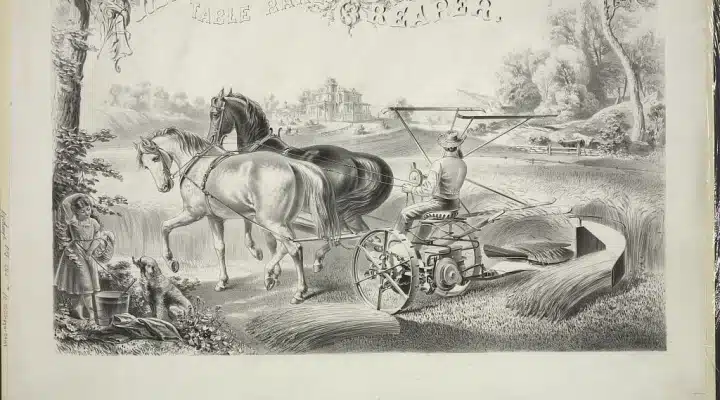Efficient Wheat Harvesting with Advanced Cutter Reaper Machinery Solutions
The Wheat Cutter Reaper Machine A Revolution in Agriculture
The agricultural sector has witnessed numerous technological advancements over the years, one of which is the development of the wheat cutter reaper machine. This innovation has transformed the way farmers harvest wheat, significantly improving efficiency and productivity. The wheat cutter reaper machine is designed to streamline the harvesting process, making it faster and less labor-intensive while ensuring a higher yield.
Historical Context
Historically, wheat harvesting was a labor-intensive task that required numerous workers using sickles or scythes to cut down the stalks of wheat. This method was not only time-consuming but also physically demanding. As populations grew and the demand for food increased, the need for more efficient agricultural practices became apparent. In the early 19th century, the first mechanical reapers were developed, paving the way for modern wheat cutting machines.
How the Wheat Cutter Reaper Machine Works
The wheat cutter reaper machine operates on a simple yet effective principle. It is equipped with sharp blades that cut through the wheat stalks, gathering them as it moves through the fields. The harvested wheat is then collected and stored in a designated compartment. Most modern reapers are equipped with advanced features such as adjustable cutting heights, automated feeding mechanisms, and even GPS technology to optimize the harvesting process.
One of the main components of a wheat cutter reaper is the sickle bar, which houses a series of sharp blades. As the machine moves forward, the sickle bar oscillates back and forth, cutting the wheat at a uniform height. The cut wheat is then moved to a platform where it can be subsequently bundled and prepared for transport. This design allows farmers to cover large areas quickly, reducing the time and labor required for harvesting.
Benefits of the Wheat Cutter Reaper Machine
wheat cutter reaper machine

The advantages of using a wheat cutter reaper machine are numerous. First and foremost, it drastically reduces the amount of labor needed for harvesting. A task that once required an entire crew can now be accomplished by a single operator using a machine. This not only saves time but also reduces costs associated with hiring workers.
Moreover, the machine’s efficiency allows farmers to harvest their crops at the optimal time, reducing the risk of crop loss due to weather conditions. For instance, in regions where sudden rain can lead to wheat spoilage, being able to harvest quickly is crucial. The precision of the machine also minimizes damage to the wheat stalks, ensuring that more of the crop is collected and less is left behind.
The use of a wheat cutter reaper machine also contributes to better grain quality. With manual harvesting, there’s a greater likelihood of harvesting immature or damaged grains. However, the machine’s ability to consistently cut at the correct height means that farmers can achieve a higher standard of quality for their wheat.
Environmental Impact
In addition to improving efficiency, the wheat cutter reaper machine can also have a positive impact on the environment. By enabling quicker harvests, farmers can implement crop rotation practices more effectively. This practice helps maintain soil health and reduces the dependence on chemical fertilizers and pesticides.
Furthermore, modern reapers are designed to be fuel-efficient and emit fewer pollutants compared to older machinery. This contributes to a reduction in the overall carbon footprint of agricultural practices.
Conclusion
The wheat cutter reaper machine represents a significant advancement in agricultural technology, providing numerous benefits for farmers and the environment alike. By increasing efficiency, reducing labor requirements, and improving crop quality, this tool has become indispensable in the modern farming landscape. As technology continues to evolve, we can expect to see even more innovations that will further enhance agricultural productivity and sustainability, ensuring a stable food supply for future generations.
Latest news
-
When to Upgrade Your Old Forage HarvesterNewsJun.05,2025
-
One Forage Harvester for All Your NeedsNewsJun.05,2025
-
Mastering the Grass Reaper MachineNewsJun.05,2025
-
How Small Farms Make Full Use of Wheat ReaperNewsJun.05,2025
-
Harvesting Wheat the Easy Way: Use a Mini Tractor ReaperNewsJun.05,2025
-
Growing Demand for the Mini Tractor Reaper in AsiaNewsJun.05,2025
